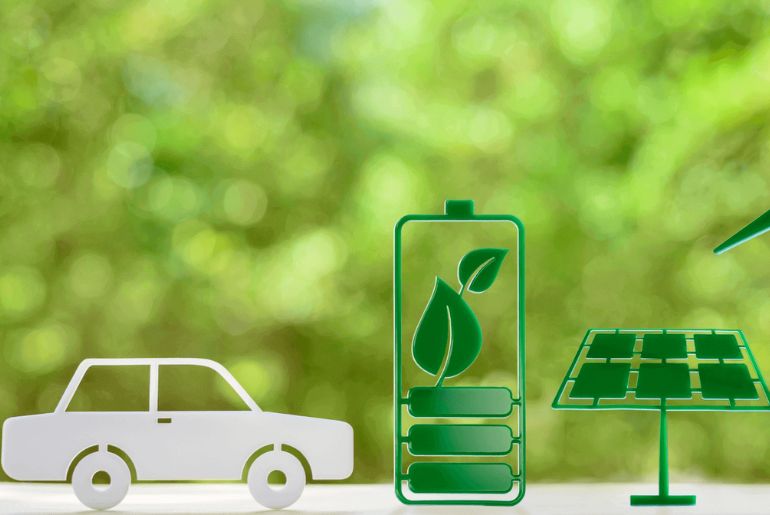India is making a swift shift to electric vehicles in an effort to fight pollution, lessen its reliance on fossil fuels, and encourage environmentally friendly transportation. The Indian government along with some states have implemented extensive subsidy programs to lower the cost and increase the attractiveness of electric cars (EVs) in an effort to accelerate this transition. These programs seek to support the home EV ecosystem while guaranteeing widespread adoption.
National-Level Incentives: FAME II and Beyond
The Faster Adoption and Manufacturing of Hybrid and Electric Vehicles (FAME II) program is the mainstay of India’s EV subsidy structure. It encourages EV adoption in a number of categories and is extended until March 2024:
Two-wheelers: Up to 40% of the vehicle’s cost can be covered by a ₹15,000 per kWh subsidy. As a result, electric bikes and scooters have become much more popular among city commuters.
Electric cars: EVs are now more affordable for middle-class households due to subsidies of ₹10,000 per kWh, with a maximum cap of ₹1.5 lakh per vehicle.
Public Transportation: Funding for electric buses and three-wheelers is intended to update public transportation networks and lower emissions overall.
To further encourage EV adoption, the government introduced the PM E-DRIVE Scheme in September 2024 with a budget of ₹10,900 crore. Important allotments consist of:
- ₹3,679 crore for electric trucks, e-ambulances, e-two-wheelers, and e-three-wheelers.
- ₹5,000 crore for e-trucks, which includes incentives for old cars to be scrapped.
- To improve public transportation, more than 14,000 electric buses would be purchased for ₹4,391 crore.
State-Level Assistance: Customized EV Rewards
Indian states provide extra benefits according to regional requirements to supplement national programs:
Delhi: The Delhi EV Policy offers significant financial incentives, exemptions from registration fees, and road tax rebates to EV purchasers.
Gujarat: To encourage households to choose electric vehicles, the state is offering subsidies of up to ₹20,000 for two-wheelers, ₹50,000 for three-wheelers, and ₹1.5 lakh for electric cars.
Maharashtra: Increases the affordability of EVs by providing scrappage incentives for existing cars and subsidies of ₹5,000 per kWh.
Karnataka: Offers tax breaks and 15%–25% capital investment incentives to encourage the production and uptake of EVs in the state.
Tamil Nadu: By removing road tolls and registration costs, Tamil Nadu encourages the use of EVs and supports the region’s EV manufacturing industry.
The government aims to achieve 30% electric vehicle penetration by 2030, a significant leap from current adoption rates. Subsidies, coupled with advancements in EV technology, have already reduced ownership costs, making EVs competitive with conventional vehicles. Additionally, these measures have encouraged automakers to expand their EV portfolios, further enhancing consumer choice.
India’s multi-tiered EV subsidies demonstrate a strong dedication to clean mobility and environmental sustainability. In addition to lowering emissions, these programs are opening doors in the EV manufacturing sector and related industries by tackling issues of affordability and infrastructure.
It is anticipated that as the subsidy system develops, India will get closer to its objective of leading the world in electric transportation, guaranteeing a cleaner, greener future for everybody.

